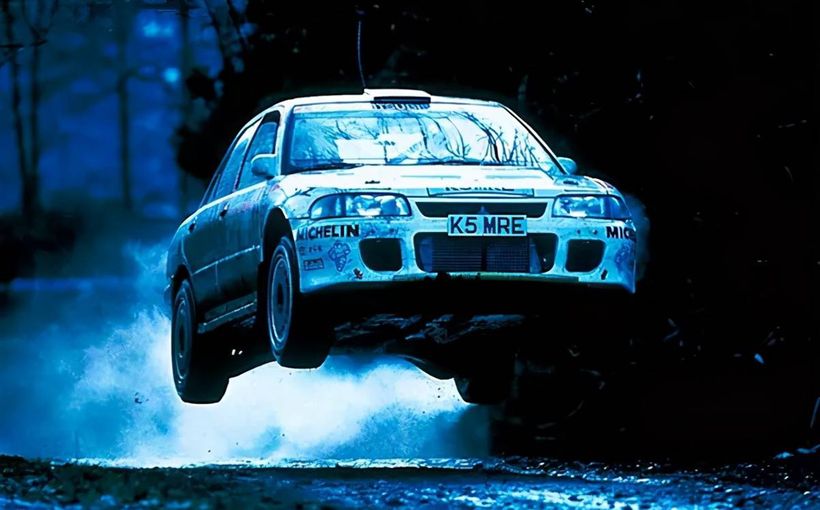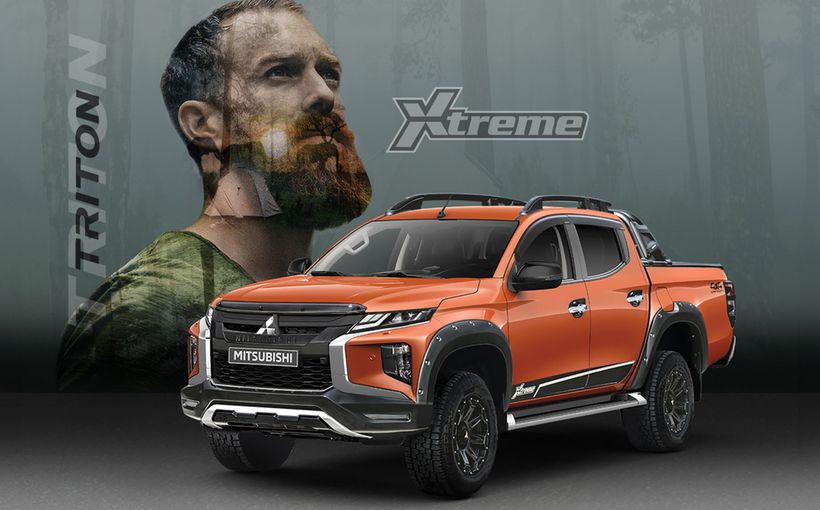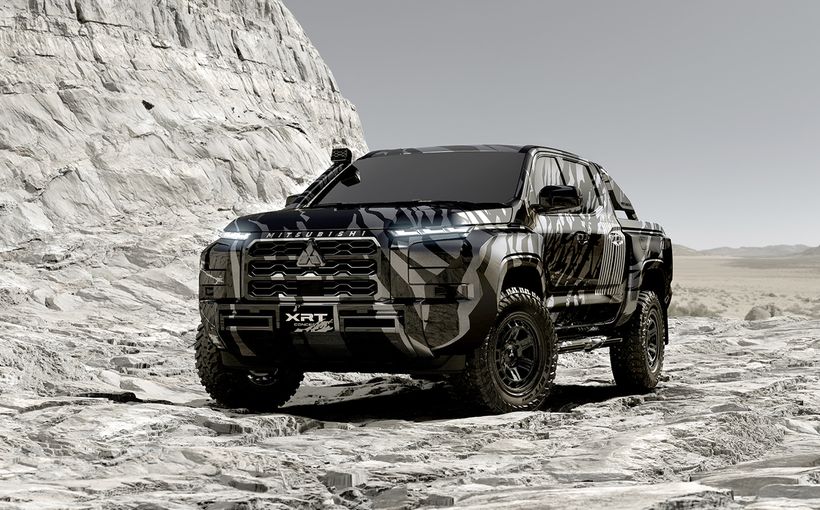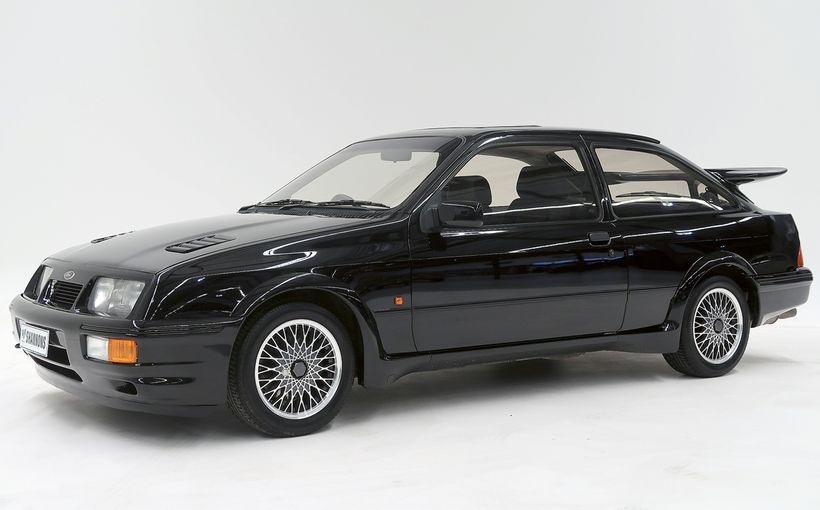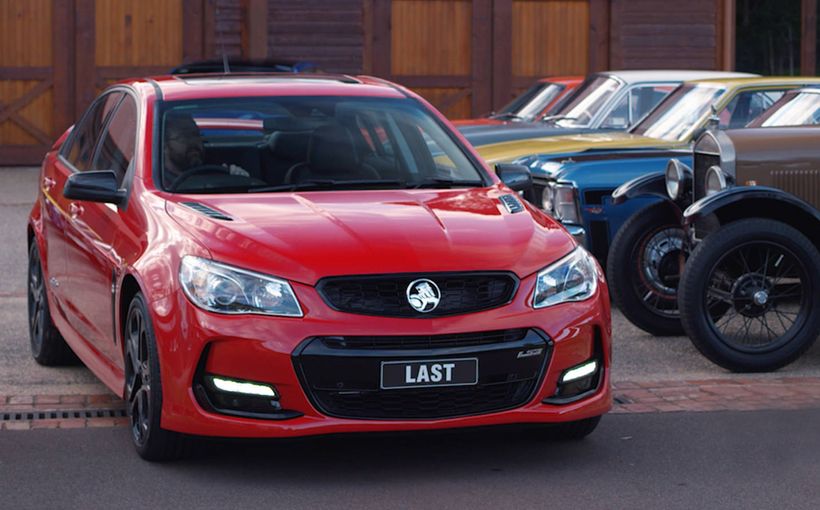Mitsubishi Cordia GSR Turbo: untapped potential of a potent performer

Motor sport history is full of curious cars which on paper appeared to have the credentials needed to be race winners - but their potential was never realised. The Mitsubishi Cordia GSR Turbo is a good example, as it never emerged from the formidable shadow of its Starion Turbo stablemate.
Released in 1982 but not available in Australia until early in 1984, the Cordia GSR Turbo appeared to have a promising future in the Group E series production racing class. Because the category’s showroom-based rules allowed for minimal performance enhancements, competitors naturally favoured cars which had ‘the right stuff’ straight off the showroom floor.
And in that context the Cordia, in its hottest GSR Turbo specification, looked formidable. Particularly when measured against Mitsubishi’s Starion Turbo, which had been approved for Group E competition in 1984 and was already the car to beat when the Cordia arrived on the scene.

With an athletic kerb weight of just over 1000kg, the Cordia GSR Turbo had the massive advantage of being more than 200kg lighter than the Starion Turbo. It also had a more slippery body shape with an impressively low drag co-efficient of only 0.34, which was among the industry’s best figures at the time.
Rack and pinion steering, rear drum brakes and four-coil suspension via front struts and a beam rear axle were all fairly conventional. However, the real excitement was lurking beneath the bonnet in the form of a potent turbocharged version of Mitsubishi’s 4G62 1.8 litre eight-valve SOHC four, which pumped out 110kW at 6000rpm and 210Nm at 4000rpm through a five-speed gearbox to the front wheels.
This was sensational power output at the time, given that most sub-2.0 litre production cars only had about half that amount and Holden’s base (L31 spec) 5.0 litre V8 with 117kW only had seven more. Sub-16 second 400-metre times and 200km/h terminal speeds reflected the blown Cordia’s impressive punch.

The heavier Starion Turbo, with its slightly larger 4G63 2.0 litre SOHC four rated at 125kW, had a power-to-weight ratio of 10.1 kg/kW. Again the Cordia had a slight edge at 9.4kg/kW. However, it must be said that in Group E racing the widespread use of illegally increased turbo boost considerably improved the Starion’s power-to-weight ratio!
And, significantly, its prodigious power went to the more desirable rear wheels as opposed to the Cordia’s fronts. This was at a time when today’s sophisticated torque-vectoring diffs and electronic traction control systems were not available to help the Cordia’s relatively small 14 x 5.5-inch front wheels and 185/70 tyres put 110 turbocharged kilowatts to best use.
History records that the Starion dominated Group E for several seasons. However, that was not seen as inevitable when the Cordia arrived in 1984, destined as it was to underpin a star-studded support race for no less than Formula One.

1985 AGP: Cordia GSR Turbo hits the big time
A few examples of the first Cordia GSR Turbo (AA series) competed in Group E in 1984. However, it was not until the inaugural Formula One Australian Grand Prix, held on the streets of Adelaide in 1985, that the Cordia stepped into the national racing spotlight.
This was courtesy of Mitsubishi, which as the AGP’s naming rights sponsor got to choose which car it would like to promote in the first of what would become an annual celebrity race at the event.
Typically these races feature a selection of well-known names drawn from Australian sport, business and entertainment with no background in motor racing. This select group of rookies is then given a crash course (in some cases literally) in the basics of competition driving before being let loose in a race or races during the GP weekend, driving standard road cars.

Mitsubishi chose the latest AB series Cordia GSR Turbo for this task and prepared a batch of 17 identical cars at its Adelaide factory. To engage its Australian sales network, Mitsubishi invited selected dealers to purchase the cars, which would allow prominent display of their dealership signage throughout the race weekend. One of those was Ross Williams, dealer principal of Sutherland Mitsubishi in Sydney’s southern suburbs. You’ll hear more about Ross in this story.
The GSR Turbos were in standard showroom trim, apart from some ‘racy’ additions including a composite fibre AGP body kit plus a shorter (louder) exhaust system which exited out the side of the car. Mandatory safety gear included a roll cage, fire extinguisher and four-point driver’s racing harness.
Race organisers included a ‘Pro-Am’ format which paired the non-motor sport celebrities with well-known racing identities. The ‘pros’ would compete against each other in one race and their amateur celebrity co-drivers would do the same in another. The pairing or ‘team’ with the highest combined placings over the weekend would win.

The entry list was filled with Aussie motor racing champions of the past including Sir Jack Brabham, Denny Hulme, Leo Geoghegan, Kevin Bartlett, Bib Stillwell, Frank Matich, Vern Schuppan, Bill Patterson, Bob Jane, Spencer Martin, Warwick Brown and David McKay to name a few.
Some of the celebrity co-drivers included test cricketers David Hookes and Tony Greig, Ironman champion Grant Kenny, Olympians Dean Lukin and Glynis Nunn, TV actor Leonard Teale, colourful business identities Keith Williams, Bob Barnard and more.
The Sutherland Mitsubishi entry paired former England test cricket captain turned TV commentator Tony Greig with multiple open wheeler champion Leo Geoghegan. Although the celebrity driver placements were drawn out of a hat, Williams’ team had asked for and been granted Leo Geoghegan as their ‘pro’ because one of the employees had worked on Leo’s Valiant R/T Chargers in the 1970s.

The amateur celebrities competed first, with Tony Greig starting from pole position in the Sutherland Mitsubishi Cordia. He could not maintain his speed advantage in the race, though, finishing third behind Grant Kenny (teamed with Bib Stillwell) and winner businessman Bill O’Gorman (teamed with Japanese racing star Shigeaki Asaoka).
The second leg was for the pros and they came out swinging. There was also a twist in their starting order, as it was determined by the qualifying times set by their celebrity co-drivers. And to mix things up even more, that starting order was then reversed on the grid.
Le Mans winner Vern Schuppan (teamed with SA sports presenter Ken Cunningham) won the start and built a crucial early buffer, ahead of a close fight for second place between ATCC champ David McKay (teamed with TV host Gordon Elliott) and respected motoring journalist-racer Bob Jennings (paired with Glynis Nunn) which including some, what you might say, forceful driving.
There was plenty of paint being swapped (and the odd crunched panel) behind them too, as battles between some of the greats of Aussie motor sport were reignited throughout the field. The passing years had clearly not dimmed their competitive instincts!

“The Cordias have plenty of power and don’t mind revving,” Jennings wrote in his race report for the Adelaide Advertiser. “We were holding second gear all the way through the East Terrace bends and I preferred not to look at the rev counter, as it was well over the 6000rpm redline.” Jennings claimed an impressive top speed of 190km/h down the long back straight.
After a faultless drive Schuppan crossed the line first, well ahead of Jennings in second and, after McKay and Spencer Martin had got tangled up in their own battle, Sir Jack Brabham in third. This result confounded Jennings:
“Somehow or another, the very bent car of Jack Brabham, which looked as if it had had a head-on with a cement truck, was looming back in third place, but with only a lap to go I could afford to drive neatly and stay out of trouble to cross the line and get the chequered flag…about nine seconds behind Vern.”
Despite Schuppan’s easy victory, the overall winner of the Mitsubishi Pro-Am was Ross Williams’ Sutherland Mitsubishi team of Tony Greig and Leo Geoghegan, thanks to Greig’s third place and Leo’s sixth.

Cordia fails to capitalise on AGP stardom
“Not long after the AGP, Tony Greig rang me and asked ‘how do I get into this motor racing thing?’ because he really liked racing and wanted to do more,” Ross Williams told Shannons Club.
“So I made a few calls and told him I could put together a program with Starions rather than Cordias, because the Starions were winning in Group E. So he said ‘okay, we’ll take two of those’ and I said ‘what do you mean, we?’ and he said ‘oh, one for me and one for Kerry Packer!’”
Although the late TV and publishing mogul never raced in Group E with Greig, Packer was happy to do some fast laps when the team hired a circuit for private testing. This usually involved three Starions for Williams, Greig and Packer and their own three-car race meetings, which would last all day and involve some good natured side-bets on who would win.

For the 1986 Group E season, the two Sutherland Mitsubishi Starions were driven by Williams’ AGP pairing of Greig and Geoghegan, but they were not able to repeat their Adelaide success in the Cordia as the level of competition was obviously much higher.
So what became of the AGP-winning Cordia GSR Turbo? After the car returned to Sydney, Williams sold it to a promising young charger by the name of Brett Forbes, who was a car detailer employed by the dealership. Sutherland Mitsubishi provided workshop space for race preparation and some assistance with running costs, but Forbes’ outings in the car in 1986 were restricted by his limited racing budget.

The rookie’s first race in the Cordia was at Sydney’s Amaroo Park in the annual 2WS/Stallion Stables Group E production car series. Interestingly, another rookie having his first car race that day - and also behind the wheel of an ex-AGP Cordia - was a young Neil Crompton, in the early stages of his career as a touring car driver and pre-eminent motor sport TV presenter.
Crompton, a former state motorcross champion, did his first two car race meetings (on P plates) in the Cordia at Amaroo Park, backed by Sydney dealer Haberfield Mitsubishi. Today his most vivid memories of racing the GSR Turbo at Amaroo were its heavy understeer during cornering and substantial torque steer under power that left him with sore hands and wrists.
So, were those inherent handling traits why the Cordia never caught on as a Group E contender? Ross Williams said they were factors, but not insurmountable. The main reason was simply that the Starion was already well established as a successful Group E race car when the Cordia arrived on the scene.

“Even though some Cordias started racing (in Group E) in 1984, the two top guys in the category, Brad Jones and Peter Fitzgerald, were already running Starions and winning,” he said.
“The people who raced Cordias were all pretty much amateurs, so you had two aspiring champions driving well-prepared Starions against a bunch of amateurs in Cordias that were not as well developed, so they were never going to be successful. For example, our Cordia only ever raced with standard road car shocks in it.
“For me, as a team owner and Mitsubishi dealer, the decision on which car to run was simple. I saw Fitzgerald and Jones winning in Starions, so I didn’t even think about the Cordia - I just went straight for the Starion like many others.
“The bottom line is that the Cordia was never developed as a race car. No-one ever went out and seriously experimented with different springs and shocks and tyres and suspension settings to see what it could really do. I think if someone had done that it could have been a lot more competitive against the Starion. ” But could it have beat the Starion? We’ll never know.
*Special thanks to Ross Williams and Brett Forbes for their valuable assistance with this story.



